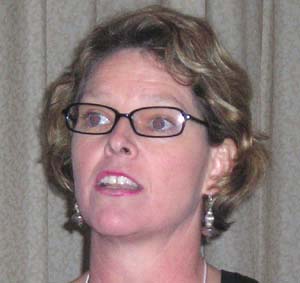For a long time the New Scientist has waged an ongoing battle with the climate change “skeptics”, and have produced some thorough articles such as “Climate change: a guide for the perplexed“, a round-up of the 26 most common climate myths and misconceptions. Time and time again I see people use similar myths and misconceptions regarding corals and coral reefs that are used as an argument as to why global warming is clearly a hoax, how warm water is good for corals (and the list goes on). In response to recent debates, below is the first part of a series called “Are the impacts of climate change on coral reefs exaggerated? Questions and Answers” in which I hope to address these misconceptions following the scientific evidence. Over the coming weeks I will aim to add more in the series: please feel free to add or ask any further questions in the comments below or email me at climateshifts @ gmail.com
1. “Warm water is good for corals”
Corals are locally adapted to the water temperature that they live in. This has taken many hundreds if not thousands of years to occur. It does not happen over decades, which would be the requirement if corals were to tolerate and survive the very rapid changes in sea temperature that we are currently facing.
The statements that “corals calcify faster in warmer waters” and “hotspots of coral diversity are found in warm waters close to the equator” are indeed true, but these conditions are only good for those corals that have adapted to these warmer conditions. For example, if you take corals from the southern end of the Great Barrier Reef and put them at the northern end of the Great Barrier Reef, these corals will suffer from being exposed to warmer than normal conditions and will die.
Although corals thrive within the upper limits of their thermal tolerance (within 1-2ºC), coral bleaching occurs when this tolerance is exceeded, resulting in loss of photosynthetic function, expulsion of symbiotic algae, and ultimately death of the coral. Clearly warm water is beneficial to those corals that are adapted to these warmer temperatures, although exceeding these thresholds results in mortality – a precarious balance.
With respect to the statement “corals in Moreton Bay are regularly stressed as the water is too cold” – it is well-known that corals in Moreton Bay (and other high latitude regions) where conditions that drop below 18°C in the winter lead to coral death. Just like they are sensitive to being too hot, they are also sensitive to becoming too cold. This is called the physiological range or tolerance of species. Conditions at places like Moreton Bay are marginal and therefore an outlier in global coral reefs and are restricted by their latitudes by cold winters.

 The “
The “












